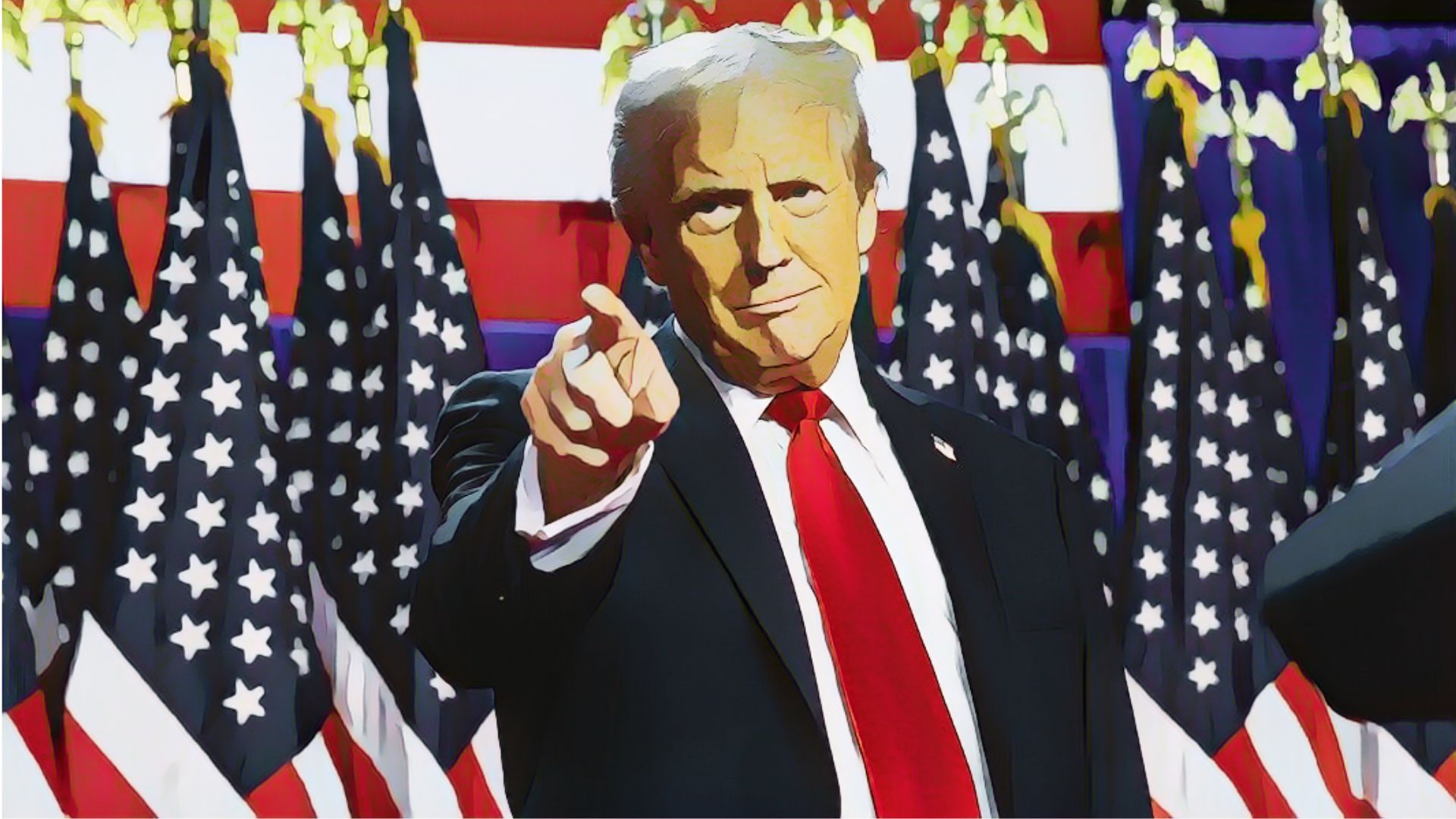President Donald Trump is once again making bold moves in trade policy. This time, he’s imposing new import tariffs on Canada, Mexico, and China. These tariffs range from 10% to 25% and aim to put economic pressure on these countries to help address illegal immigration and drug trafficking, especially fentanyl.
Why Are These Tariffs Being Imposed?
Trump sees illegal immigration and drug trafficking as a national emergency. The U.S. government believes that China isn’t doing enough to stop the flow of chemicals used by drug cartels, while Mexico is seen as providing safe havens for criminal groups. Even Canada is now emerging as a fentanyl production hub.
In response, Trump has decided to:
- Impose an additional 25% tariff on imports from Canada and Mexico.
- Impose a 10% tariff on goods from China.
- Make a small exception for energy resources from Canada, which will only face a 10% tariff.
What’s the Impact?
This move continues Trump’s trade policy of using tariffs as leverage to push trade partners into cooperation on issues like border security and illegal trade. According to the government, access to the U.S. market is a privilege, and these tariffs are being used as a negotiation tool.
From an economic perspective:
- For U.S. investors, these tariffs could affect import prices and potentially drive inflation.
- For businesses relying on imports from Canada, Mexico, and China, operating costs may increase.
- For U.S. exporters, there’s a risk of retaliation through counter-tariffs from affected countries.
What Should Investors Do?
If you’re an investor, here are some things to keep in mind:
- Identify impacted sectors – Industries that depend heavily on imports (like automotive, electronics, and manufacturing) might face higher production costs.
- Monitor market reactions – Stocks of companies engaged in international trade could experience volatility.
- Diversify your portfolio – Spreading investments across different sectors can be a smart way to manage risks.
Trump remains committed to his “America First” policy, using tariffs as a negotiation tool to protect U.S. interests. For investors, this policy could present both opportunities and risks, depending on how the market responds. Stay informed and keep an eye on future developments!
